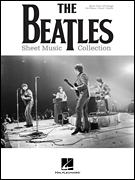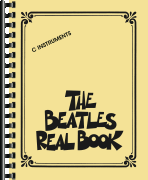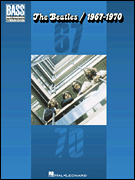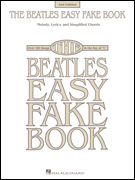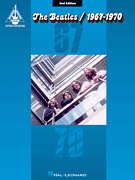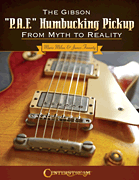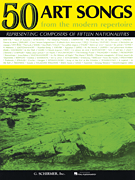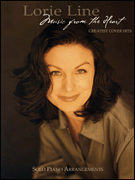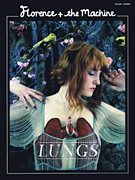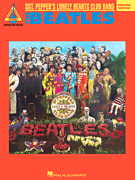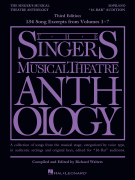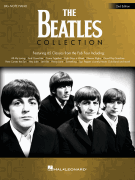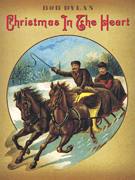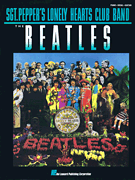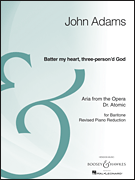Search Results for: “From The Heart”
Loading...
My Heart Will Go On (Love Theme From 'Titanic') View 385 Products
Where Is Your Heart (The Song From Moulin Rouge) View 40 Products
Take These Chains From My Heart View 29 Products
Heart Asks Pleasure First - Theme From 'The Piano' View 21 Products
Straight From The Heart View 9 Products
The Weary Kind (Theme From Crazy Heart) View 6 Products
Fight From The Heart View 5 Products
From The Heart View 3 Products
Adagio From The Heart View 2 Products
This One's From The Heart View 2 Products
From The Bottom Of My Broken Heart View 2 Products
From The Depths Of My Heart (Bach) View 2 Products
Sleeping Dove (Salish Lullaby, From Heart Of The Bitterroot) View 2 Products
I Send My Heart Up To Thee! From Three Browning Songs (A. Beach) View 2 Products
One From The Heart View 1 Product
A Song From The Heart View 1 Product
The Song's Gotta Come From The Heart View 1 Product
Human Heart, The (From 'Once On This Island') View 1 Product
The Manly Heart With Love O'erflowing From The Magic Flute View 1 Product
Coming From The Heart (The Road Is Long) View 1 Product
Zing! Went The Strings Of My Heart (From 'Thumbs Up') View 1 Product
The Manly Heart That Claims Our Duty From The Magic Flute Mozart View 1 Product
You're Going Far (Theme From 'The Heartbreak Kid') View 1 Product
O Lord, I Love Thee From My Heart (Herzlich Lieb Hab' Ich Dich, O Herr) View 1 Product
